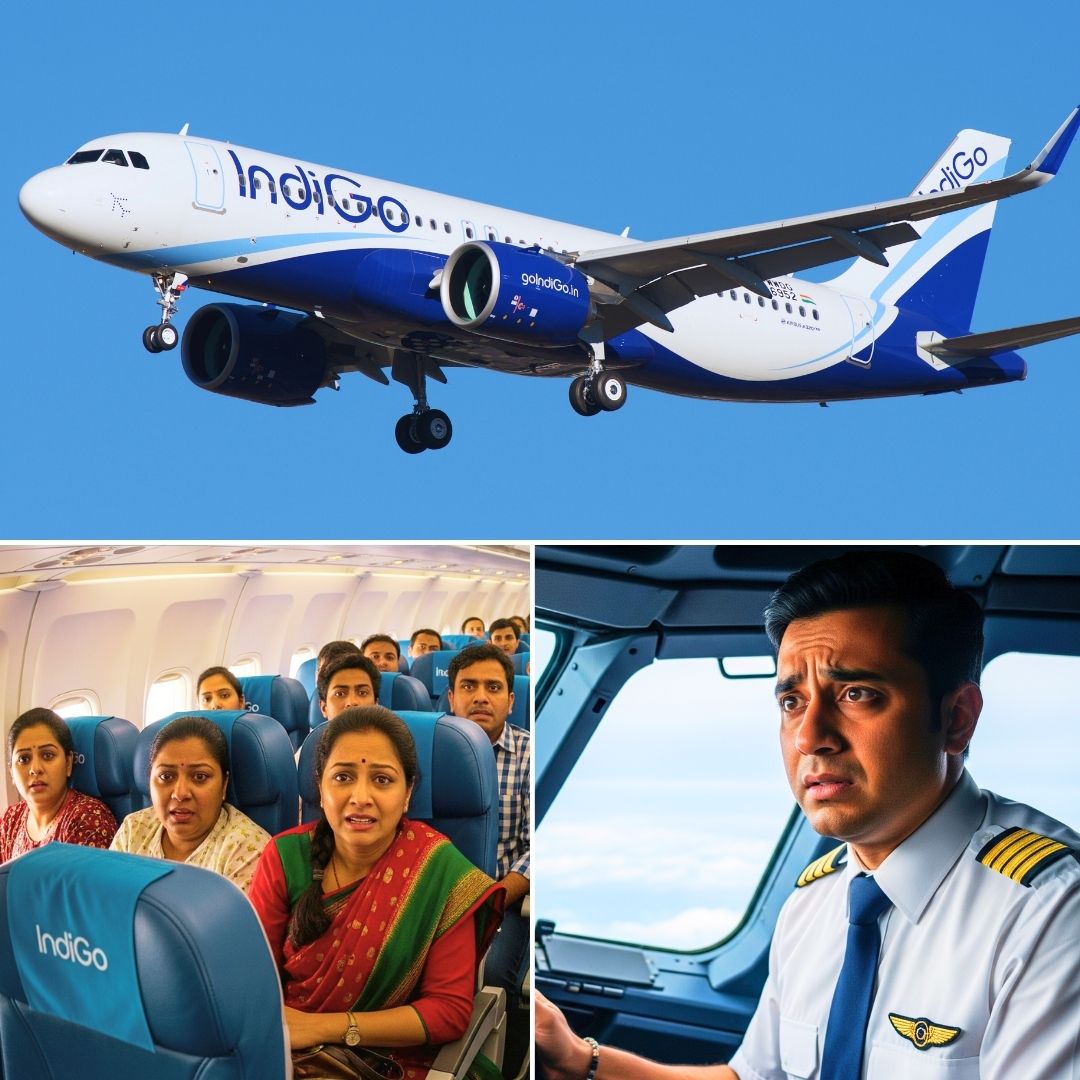A Delhi–Goa IndiGo flight (6E 6271) made an emergency landing at Mumbai airport late on 16 July after its pilot declared a “PAN PAN PAN” alert—an international signal for an urgent but non-life-threatening situation. The diversion was triggered by a technical snag in one of the aircraft’s engines while en route with 191 passengers on board.
The Airbus safely landed at 9:52 pm, and all passengers and crew members were unharmed. Airline officials and airport authorities credit swift action and adherence to safety protocols for the safe outcome, while investigations into the incident are ongoing.
Swift Crew Response Ensures Calm Amidst Emergency
Sources at Mumbai’s Chhatrapati Shivaji Maharaj International Airport confirmed that the “full emergency” was declared immediately after the pilot radioed the “PAN PAN PAN” alert. This protocol mobilised emergency personnel, including airport fire and rescue services, medical staff, and ground support teams, to standby positions well before the plane touched down.
Passengers recounted that the cabin crew stayed composed and reassuring throughout, following established safety routines and providing instructions clearly. In a statement, IndiGo said, “All passengers were safely deboarded and alternative flight arrangements were promptly provided. We regret the inconvenience caused but reiterate that the safety of our passengers and crew is always our top priority.”
The swift deployment of backup resources ensured that travellers were able to continue to Goa on a replacement aircraft without significant delay.
Decoding the ‘PAN PAN PAN’ Call and the Aftermath
Aviation experts clarify that “PAN PAN PAN” is used by pilots internationally to indicate urgent conditions—often relating to technical malfunctions or medical emergencies—but not yet escalating to “Mayday,” which signals critical, imminent danger.
In this case, IndiGo confirmed the issue was traced to engine number one, requiring caution and a precautionary landing. The airline has since taken the affected Airbus out of service for a comprehensive engineering check. The Directorate General of Civil Aviation (DGCA) is closely monitoring the investigation, seeking reports from the airline and maintenance teams.
Meanwhile, industry veterans note that this incident demonstrates the effectiveness of the layered safety protocols—crew training, airport readiness, and regulatory oversight—integral to India’s fast-growing civil aviation sector.
The Logical Indian’s Perspective
This episode is a timely reminder of the vital importance of professionalism, transparency, and robust safety cultures in Indian air travel. While technical issues can arise unexpectedly, the responsibility lies in how they are managed—from cockpit to control tower, and from cabin crew to ground support.
The Logical Indian commends the calmness of the crew, the efficient work of airport staff, and the prompt communications from IndiGo and regulatory authorities. As Indian skies grow busier, ongoing investments in pilot training, maintenance, and public dialogue around aviation safety are critical.












